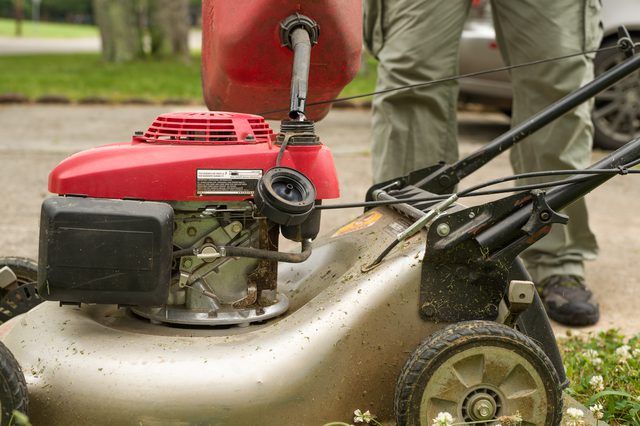Bulbs
Flower Basics
Flower Beds & Specialty Gardens
Flower Garden
Garden Furniture
Garden Gnomes
Garden Seeds
Garden Sheds
Garden Statues
Garden Tools & Supplies
Gardening Basics
Green & Organic
Groundcovers & Vines
Growing Annuals
Growing Basil
Growing Beans
Growing Berries
Growing Blueberries
Growing Cactus
Growing Corn
Growing Cotton
Growing Edibles
Growing Flowers
Growing Garlic
Growing Grapes
Growing Grass
Growing Herbs
Growing Jasmine
Growing Mint
Growing Mushrooms
Orchids
Growing Peanuts
Growing Perennials
Growing Plants
Growing Rosemary
Growing Roses
Growing Strawberries
Growing Sunflowers
Growing Thyme
Growing Tomatoes
Growing Tulips
Growing Vegetables
Herb Basics
Herb Garden
Indoor Growing
Landscaping Basics
Landscaping Patios
Landscaping Plants
Landscaping Shrubs
Landscaping Trees
Landscaping Walks & Pathways
Lawn Basics
Lawn Maintenance
Lawn Mowers
Lawn Ornaments
Lawn Planting
Lawn Tools
Outdoor Growing
Overall Landscape Planning
Pests, Weeds & Problems
Plant Basics
Rock Garden
Rose Garden
Shrubs
Soil
Specialty Gardens
Trees
Vegetable Garden
Yard Maintenance
How to Fix a Flooded Lawn Mower Engine
How to Fix a Flooded Lawn Mower Engine. It's a dry, sunny Saturday, so you roll the lawn mower out of the garage, grab the starting cord and pull several times, but although you hear the engine sputtering, nothing happens. Now you smell gas, which means the engine is flooded. Although it wasn't the original cause of the starting problem, flooding...
It's a dry, sunny Saturday, so you roll the lawn mower out of the garage, grab the starting cord and pull several times, but although you hear the engine sputtering, nothing happens. Now you smell gas, which means the engine is flooded. Although it wasn't the original cause of the starting problem, flooding will now prevent your engine from starting. The remedy is to wait and address the original reason why your mower didn't start.
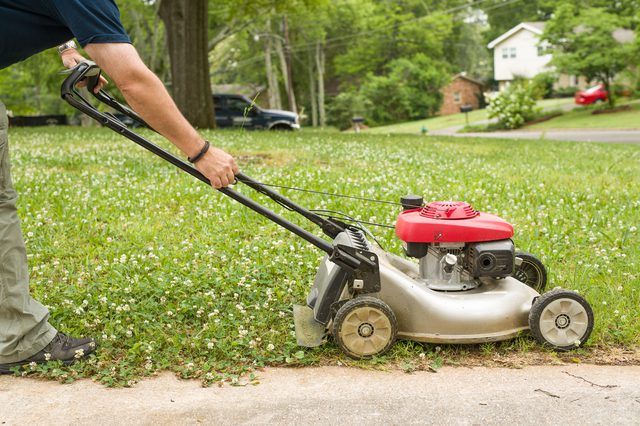
One of the most common causes of flooding is overuse of the choke. Consult your owner's manual -- usually available online at the manufacturer's website -- for the correct starting procedure for your model. In many cases, the recommended procedure is to engage the choke for a maximum of five pulls, then either set the choke to "Half" or "Off" before pulling again. If you leave the choke fully engaged and continue pulling, the carburetor and ignition chamber become saturated with fuel, which you can easily smell. Even so, you can often still start the engine if you turn the choke off.
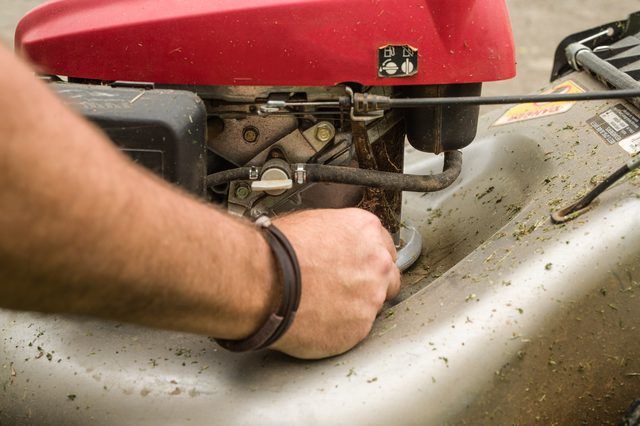
Overpriming the carburetor before pulling the starting cord is another cause of flooding of push mowers -- you don't have to worry about priming if you have a riding mower. Although the correct number of times to push the priming bulb varies from model to model, it's usually from three to five once the bulb has filled with fuel. Even if you use the proper starting procedure, your lawn mower or riding mower can flood if you're using old fuel. Old fuel tends to collect moisture that prevents ignition, and each pull pumps more of it into the carburetor until the smell of fuel becomes noticeable. The same thing can happen if the spark plug is old, corroded or encrusted with carbon and not producing sufficient spark.
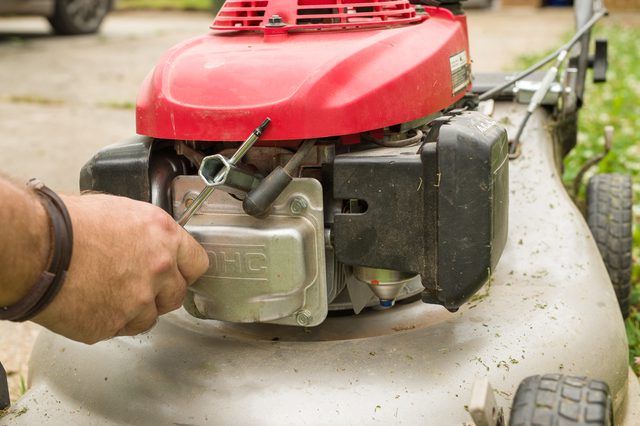
Once the engine has flooded, the lawn mower won't start until the fuel drains. Most manufacturers recommend letting the mower sit for 15 minutes, and it's important to place it on level ground to facilitate draining. If you're in a hurry, remove the air filter from your push mower to create a more direct air passage to the carburetor and increase the rate of evaporation. Remove the spark plug to ventilate the combustion chamber. After about five minutes, replace the spark plug -- but leave the air filter off -- and try starting the mower with the choke off. If it starts, stop it and replace the air filter. If you have a riding mower, just let it sit idle for the full 15 minutes.
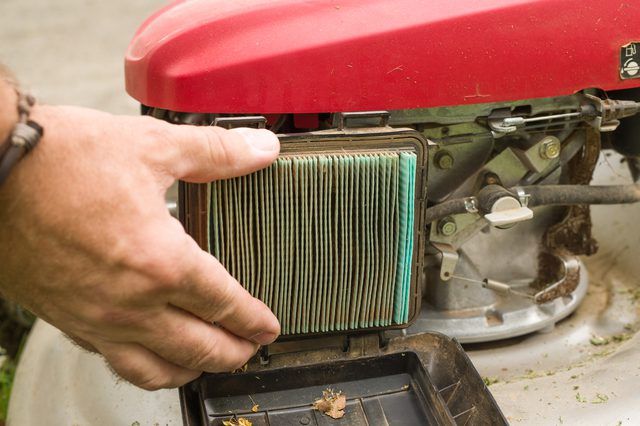
If the lawn mower's tank was full while it was in storage, replace the old fuel with fresh fuel. If you have a push mower, you can do this while you're waiting for the carburetor and combustion chamber to clear. Removing the spark plug gives you a good chance to examine it. Clean, regap or replace the plug if necessary. Sometimes, starting fluid can help start a flooded push mower; after you remove the air filter, spray a one-second squirt into the air intake port and crank the engine with the choke off. If the engine turns over, it will quickly burn off the excess fuel, which will produce a billow of white smoke for a short time.
